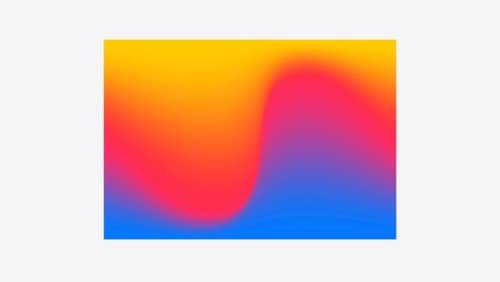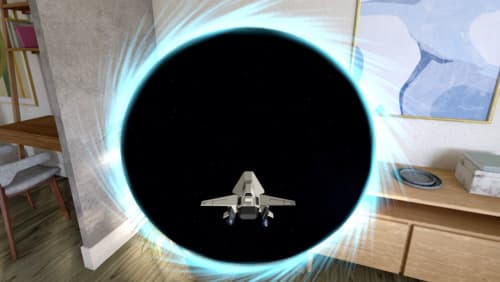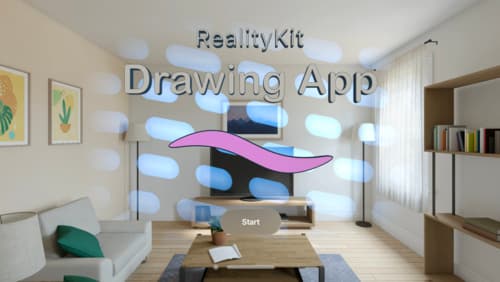MaterialActiveAppearance
Asked on 2024-08-08
1 search
The term "MaterialActiveAppearance" does not appear directly in the provided context. However, if you are interested in learning about creating custom visual effects and hover effects in visionOS, there are several relevant sessions from WWDC 2024 that you might find useful:
-
Create custom hover effects in visionOS:
- This session covers how to create custom hover effects, including scaling, clipping, and fading effects. It also discusses how to group effects to activate them together.
-
Create custom visual effects with SwiftUI:
- This session explains how to use visual effect modifiers in SwiftUI to change visual properties based on view position and size, which can be useful for creating dynamic and engaging UI elements.
-
Discover RealityKit APIs for iOS, macOS and visionOS:
- This session introduces hover effects and input handling in RealityKit, which can be used to add visual feedback when interacting with 3D content.
-
Build a spatial drawing app with RealityKit:
- This session demonstrates how to build a spatial user interface and includes examples of using hover effects to enhance user interaction.
If you have a specific aspect of "MaterialActiveAppearance" or a related topic you are interested in, please provide more details, and I can help you find the most relevant information from these sessions.

Create custom visual effects with SwiftUI
Discover how to create stunning visual effects in SwiftUI. Learn to build unique scroll effects, rich color treatments, and custom transitions. We’ll also explore advanced graphic effects using Metal shaders and custom text rendering.

Discover RealityKit APIs for iOS, macOS and visionOS
Learn how new cross-platform APIs in RealityKit can help you build immersive apps for iOS, macOS, and visionOS. Check out the new hover effects, lights and shadows, and portal crossing features, and view them in action through real examples.

Build a spatial drawing app with RealityKit
Harness the power of RealityKit through the process of building a spatial drawing app. As you create an eye-catching spatial experience that integrates RealityKit with ARKit and SwiftUI, you’ll explore how resources work in RealityKit and how to use features like low-level mesh and texture APIs to achieve fast updates of the users’ brush strokes.
